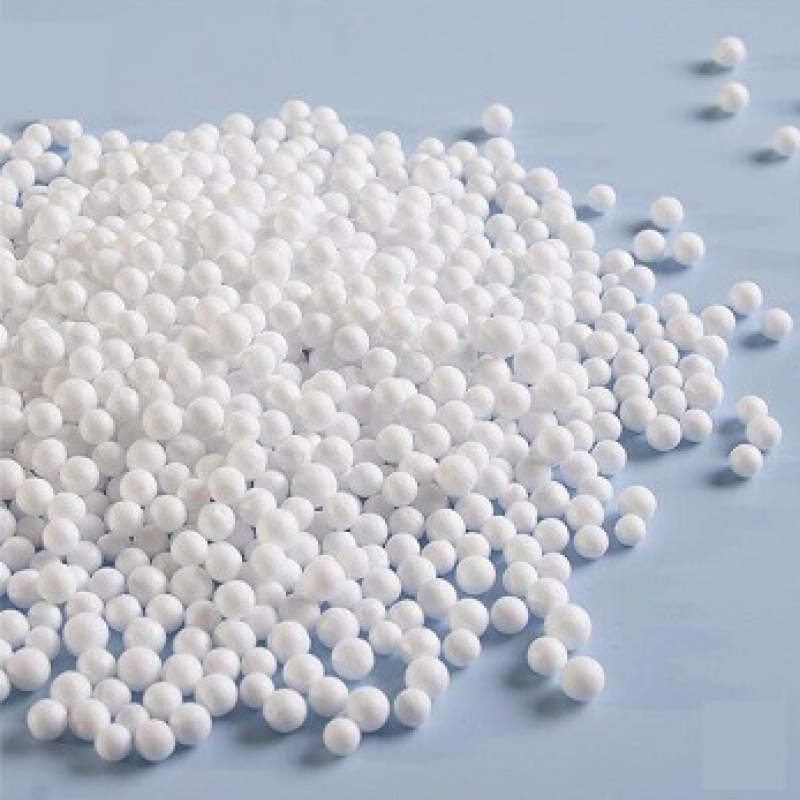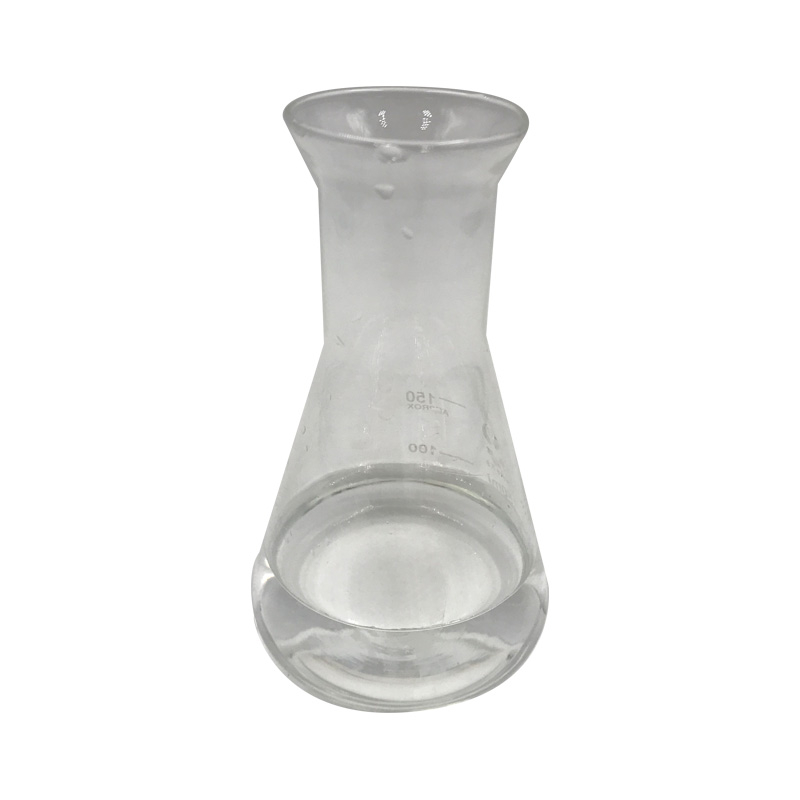Products Description of Calcium Ammonium NitrateCAS#15245-12-2Calcium ammonium nitrate is a nitrogen fertilizer made by melting ammonium nitrate with a certain proportion of limestone and dolomite powder. The ingredients are a mixture of NH4NO3, CaCO3 and MgCO3. Calcium ammonium nitrate contains 21% to 26% nitrogen (N), and is grayish white or light yellow granules or powder. The aqueous solution is weakly alkaline.Calcium ammonium nitrate is the world's most soluble calcium-containing chemical fertilizer.
Contact Now
Products Description of Collagenase CAS#9001-12-1Collagenase, also known as collagenase and clostridial peptidase, is a protease obtained by fermentation of Clostridium histolyticum.Medical collagenase is refined from the culture fluid of Clostridium histolyticum ATCC21000.
Contact Now
Products Description of CALCIUM SACCHARIN CAS#6485-34-3CALCIUM SACCHARIN is a white crystal or white crystalline powder with no or slight fragrance. It has a very strong sweet taste, and the sweetness of its dilute solution is about 500 times that of sucrose. Saccharin calcium can be dissolved in 1.5 ml of water and ethanol.CALCIUM SACCHARIN Chemical PropertiesOdorat 100.00?%.
Contact Now
Products Description of 6,7-Dimethoxy-1,2,3,4-tetrahydroisoquinoline hydrochloride CAS#2328-12-36,7-Dimethoxy-1,2,3,4-tetrahydroisoquinoline hydrochloride is a chemical with CAS number 2328-12-36,7-Dimethoxy-1,2,3,4-tetrahydroisoquinoline hydrochloride Chemical PropertiesMelting point 260-265 °C(lit.)storage temp. Keep in dark place,Sealed in dry,Room Temperaturesolubility soluble25mg/mL, clear, colorless (1N NaOH in methanol)form Shiny Flakes or Crystalline Powdercolor White to slightly beigeBRN 3634126InChIKeySHOWAGCIRTUYNA-UHFFFAOYSA-NCAS DataBase Ref
Contact Now
Products Description of CALCIUM TITANATE CAS#12049-50-2Calcium titanate is an inorganic substance with the chemical formula CaTiO3. It belongs to the cubic crystal system and is a basic inorganic dielectric material with excellent dielectric, temperature, mechanical and optical properties.
Contact Now
Products Description of Calcium gluconate CAS#299-28-5Calcium gluconate is the calcium salt of gluconic acid. It is a white crystalline or granular powder with a melting point of 201°C.
Contact Now
Products Description of Calcium chloride CAS#10043-52-4Calcium chloride, CaC12, is colorless deliquescent solid that is soluble in water and ethanol. It is formed from the reaction of calcium carbonate and hydrochloric acid or calcium hydroxide and ammonium chloride. It is used in medicine, as an antifreeze, and as a coagulant.Calcium chloride (CaCl2) has many uses. It is used as a drying agent and to melt ice and snow on highways, to control dust, to thaw building materials (sand, gravel, concrete, and so on).
Contact Now
Products Description of Calcium hypochlorite CAS#7778-54-3The chemical formula of bleaching powder is CaCl2·Ca(ClO)2·2H2O. It is a white powdery substance. Its composition varies with the preparation conditions. It is generally a hydrated complex salt composed of calcium hypochlorite, calcium chloride and unreacted calcium hydroxide. Its active ingredient is calcium hypochlorite. Bleaching powder has strong oxidizing, corrosive and irritating properties. It can decompose when it comes into contact with water, ethanol or inorganic acid.
Contact Now
Products Description of Ammonium sulfate CAS#7783-20-2Ammonium sulfate, also known as ammonium sulfate, is the earliest nitrogen fertilizer produced and used at home and abroad. It is usually regarded as a standard nitrogen fertilizer with a nitrogen content of 20% to 30%. Ammonium sulfate is a salt of strong acid and weak base, and its aqueous solution is acidic. Ammonium sulfate is a nitrogen fertilizer and an acidic fertilizer among inorganic fertilizers. Long-term single use will cause soil acidification and hardening, which needs to be improved.
Contact Now
Products Description of Ammonium thiosulfateCAS#7783-18-8Ammonium thiosulfate, chemical formula (NH4)2S2O3. Molecular weight 148.20. Colorless monoclinic crystals. Melting point 150℃ (decomposition), relative density 1.679. Easily soluble in water, insoluble in ethanol, slightly soluble in acetone. Its aqueous solution will precipitate sulfur when left for a long time. Above 50℃, its concentrated aqueous solution gradually decomposes into sulfur and sulfate. In the presence of ammonia and hydrocyanic acid, ammonium thiocyanate and ammonium sulfite are formed.
Contact Now
Products Description of Ammonium Alginate CAS#9005-34-9Ammonium alginate is a chemical substance with the molecular formula C6H7O6NH4. Alginic acid, also known as alginate or alginates, is an anionic polysaccharide widely distributed in the cell walls of brown algae, which forms a viscous jelly by combining with water. It is also a significant component of biofilms produced by the bacterium Pseudomonas aeruginosa, the main pathogen in cystic fibrosis, conferring its high resistance to antibiotics and killing by macrophages. Its color ranges from white to yellow-brown.
Contact Now
Products Description of cocoyl glutamic acid CAS#210357-12-3Colorless transparent liquidFactory and Equipment ShowFast delivery timeInventory 2-3 working days New production 7-10 working days
Contact Now
Products Description of Calcium chloride CAS#10048-52-4Anhydrous calcium chloride is a white porous frit or granule. It is easy to deliquesce. The melting point is 782℃, the density is 2.15g/cm3, the boiling point is higher than 1600℃, it is easily soluble in water and releases a lot of heat, and it is also soluble in ethanol and acetone. The most common is calcium chloride hexahydrate CaCl2·6H2O, colorless trigonal crystal, easy to deliquesce, bitter and salty taste, density 1.71g/cm3.
Contact Now
Products Description of Calcium carbonate CAS#471-34-1Calcium carbonate occurs in nature as limestone in various forms, such as marble, chalk, and coral. It is probably the most widely-used raw material in the chemical industry. It has numerous applications, primarily to produce cement, mortars, plasters, refractories, and glass as building materials. It also is used to produce quicklime, hydrated lime and a number of calcium compounds. It is produced either as powdered or precipitated calcium carbonate. The latter consists of finer particles of greater purity and more uniform size.
Contact Now
Products Description of Ferric ammonium oxalate trihydrate CAS#13268-42-3Calcium and magnesium precipitants, electroplating industryFerric ammonium oxalate trihydrate Chemical PropertiesMelting point 161°C (rough estimate)density 1,78 g/cm3solubility very soluble in H2O; insoluble in ethanolform Crystalline Powdercolor GreenWater Solubility Very soluble in water. Insoluble in alcoholSensitive Light Sensitive & HygroscopicMerck 14,517Exposure limitsACGIH: TWA 1 mg/m3NIOSH: TWA 1 mg/m3Stability:May decompose upon exposure to light.
Contact Now
Products Description of Methyl Tributyl Ammonium Chloride CAS#56375-79-2Methyltributylammonium chloride, also known as tributylmethylammonium chloride, has a molecular formula of C13H30ClN, a molecular weight of 235.84, and a CAS registration number of 56375-79-2.
Contact Now
Products Description of 4-Amino-2-chloropyridineCAS#14432-12-3This product is white crystals, m.p.89~91℃, insoluble in water.4-Amino-2-chloropyridine Chemical PropertiesMelting point 90-94 °C(lit.)Boiling point 153°C 5mmdensity 1.2417 (rough estimate)refractive index 1.5110 (estimate)Fp 153°C/5mmstorage temp. Keep in dark place,Sealed in dry,Room Temperaturesolubility DMSO (Slightly), Methanol (Slightly)pka4.73±0.30(Predicted)form Crystalline Powdercolor Light yellowWater Solubility Slightly soluble in water.BRN 108671InChIKeyBLB
Contact Now
Products Description of Aminobutyric Acid CAS#56-12-2It is used in biochemical research and medicinally to treat various diseases caused by hepatic coma and cerebrovascular disorders. Pharmaceutical intermediates. 4-Aminobutyric acid has the effect of lowering blood lipids and is suitable for the treatment and prevention of various types of hepatic coma. It can treat poliomyelitis, cerebral hemorrhage, and can be used as an antidote for gas poisoning. Also used in biochemical research and organic synthesis. It can reduce blood ammonia and promote brain metabolism.
Contact Now
Products Description of Didecyl dimethyl ammonium chloride CAS#7173-51-5Didecyl dimethyl ammonium chloride belongs to the double-chain quaternary ammonium salt compounds, which are used in many products due to their bactericidal, virucidal and fungicidal properties. In terms of disinfection function classification, didecyl dimethyl ammonium chloride belongs to the medium-level disinfectant and is a broad-spectrum virus disinfectant.
Contact Now
Products Description of Didecyl dimethyl ammonium chloride CAS#7173-51-5Didecyl dimethyl ammonium chloride belongs to the double-chain quaternary ammonium salt compounds, which are used in many products due to their bactericidal, virucidal and fungicidal properties. In terms of disinfection function classification, didecyl dimethyl ammonium chloride belongs to the medium-level disinfectant and is a broad-spectrum virus disinfectant.
Contact Now
Products Description of Calcium Formate CAS#544-17-2Calcium formate is an organic substance with the molecular formula C2H2O4Ca. It is used as a feed additive and is suitable for all types of animals. It has acidification, anti-mildew, antibacterial and other effects.
Contact Now
Calcium chloride CAS# 10043-52-4Product Description:At our company, we pride ourselves on offering high-quality Calcium Chloride with the chemical formula CaCl2. Our 99% Calcium Chloride is meticulously produced to meet the demands of various industries, ensuring optimal performance and efficiency.
Contact Now
Products Description of Ammonium bicarbonate CAS#1066-33-7Ammonium bicarbonate(1066-33-7) is a commonly used reagent for industrial and research procedures. Ammonium bicarbonate is volatile in solution and releases ammonia and CO2. This property makes ammonium bicarbonate a good buffer for such applications as lyophilization and matrix assisted laser desorption.
Contact Now
Products Description of Polyisobutylene CAS#9003-27-4Calcium phosphate tribasic (C3161) is plant cell culture tested (0.2 mg/ml) and is appropriate for use in plant cell culture experiments. Calcium phosphate tribasic is utilized to engineer new biomaterials for applications such as bone grafts and fillers. Si-substituted hydroxyapatite (Si-HAp) nanopowder can be incorporated in biodegradable polymer composites or deposited on biocompatible surfaces similar to pure HAp nanopowder (cat. no. 677418).
Contact Now


































